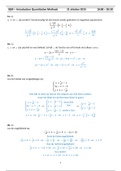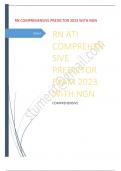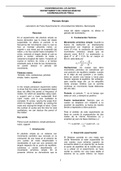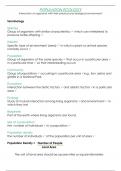College aantekeningen
Lecture Notes - Microeconomics
- Vak
- Instelling
Notes of all lectures of Microeconomics. Table of contents: - Choice and resource allocation under scarcity - Determinants of demand and demand elasticity - Supply and the theory of the firm - Equilibrium, consumer & producer surplus, taxes and subsidies - Firm costs, revenue and profit - ...
[Meer zien]












